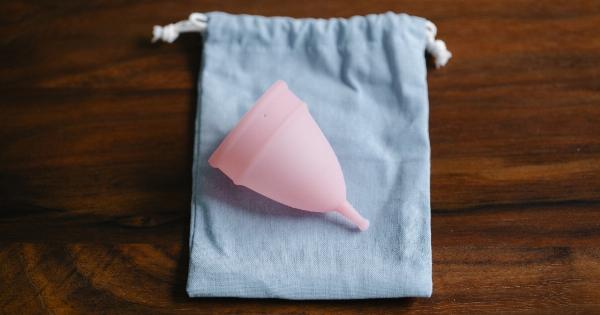When it comes to feminine hygiene products, tampons are a popular choice for many women. Not only are they convenient and discreet, but when used correctly, they can also provide comfort and protection during menstruation.
However, improper use of tampons can lead to various health risks. In this guide, we will discuss the proper use of tampons and provide essential tips for safe and secure usage.
Understanding Tampons
Tampons are small, cylindrical absorbent products made from either cotton or a blend of rayon and cotton. They are designed to be inserted into the vagina during menstruation to absorb menstrual flow.
Tampons come in various sizes and absorbency levels, allowing women to choose the most suitable option based on their flow intensity.
Choosing the Right Tampon
When selecting a tampon, it is important to consider absorbency, comfort, and individual preferences. Tampons are available in different absorbency options, usually indicated by light, regular, super, and super plus.
It is essential to use the lowest absorbency appropriate for your menstrual flow to avoid complications such as Toxic Shock Syndrome (TSS).
It may take some time to find the perfect tampon for your needs. You may need to experiment with different brands or sizes to determine what works best for you.
Remember that tampons should be changed every 4-8 hours, and you should never leave one in for more than 8 hours to reduce the risk of bacterial infections.
Inserting a Tampon
Proper insertion of tampons is crucial for comfortable and secure usage. Here’s a step-by-step guide to help you insert a tampon correctly:.
- Start by washing your hands thoroughly to maintain hygiene.
- Unwrap the tampon and hold it securely with your fingers, making sure to position the string away from your body.
- Find a comfortable position, such as standing with one leg elevated or sitting on the toilet.
- Relax your muscles and gently separate the labia with your free hand.
- With your other hand, insert the tampon into your vagina at a slight upward angle toward the small of your back. Aim for the middle of your vaginal opening, not too far to the front or back.
- Push the tampon gently into your vagina until your fingers touch your body.
- Use your thumb and middle finger to remove the applicator, leaving the string hanging outside the vagina.
If you have trouble inserting the tampon, it may be helpful to try a smaller size or use a water-based lubricant. Remember, proper insertion should not cause discomfort or pain.
Removing a Tampon
Knowing when and how to remove a tampon is essential to prevent complications. Follow these steps to safely remove a tampon:.
- Wash your hands thoroughly before removing the tampon.
- Position your body in a comfortable position, such as squatting or sitting on the toilet.
- Gently pull the string downward until you can grip the tampon.
- Maintain a steady grip on the tampon and slowly ease it out of your vagina, keeping it level to avoid any potential mess.
- Wrap the used tampon in toilet paper or the wrapper from a fresh tampon and dispose of it in a trash bin. Do not flush it down the toilet as it can cause blockages.
Remember to change your tampon every 4-8 hours, even if your flow is light.
Proper Care and Precautions
While using tampons, it is essential to prioritize hygiene and take precautions to reduce the risk of infections. Here are some important tips:.
- Wash your hands before and after inserting or removing a tampon.
- Change your tampon every 4-8 hours or as needed to avoid bacterial growth.
- Avoid using tampons overnight, especially while sleeping, and opt for a maxi pad instead.
- Alternate between tampons and sanitary pads throughout your period to give your body a break from tampon usage.
- Avoid wearing a tampon for more than 8 hours to reduce the risk of Toxic Shock Syndrome (TSS).
- Never use more than one tampon at a time.
Signs of Potential Concern
While tampons are generally safe when used correctly, it is vital to be aware of signs that may indicate a problem. If you experience any of the following, consult your healthcare professional:.
- Unusual or foul-smelling discharge
- Persistent abdominal or pelvic pain
- Fever or flu-like symptoms
- Itching, burning, or a rash in the vaginal area
- Difficulty or discomfort upon insertion or removal of a tampon
- Unexpected changes in your menstrual flow
Consulting a healthcare professional is crucial if you suspect complications to address underlying issues promptly.
Conclusion
Tampons are a safe and convenient option for managing menstrual flow when used correctly. By choosing the right tampon, practicing proper insertion and removal techniques, and prioritizing hygiene, you can ensure a safe and secure experience.
Remember to listen to your body and seek medical advice if you encounter any unusual symptoms. With proper care and attention, you can confidently use tampons to make your periods hassle-free.





























